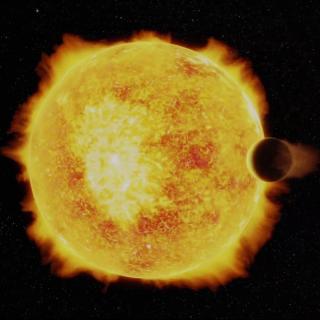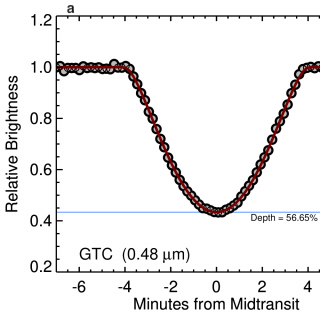
Astronomers have discovered thousands of planets outside the Solar System, most of which orbit stars that will eventually evolve into red giants and then into white dwarfs. During the red giant phase, any close-orbiting planets will be engulfed by the star, but more distant planets can survive this phase and remain in orbit around the white dwarf. Some white dwarfs show evidence for rocky material floating in their atmospheres, in warm debris disks or orbiting very closely, which has been interpreted as the debris of rocky planets that were scattered inwards and tidally disrupted. Recently
Advertised on
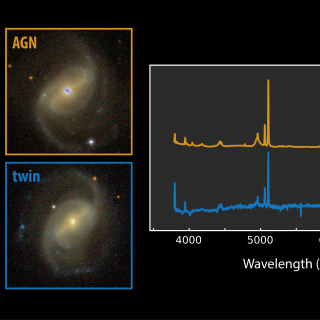
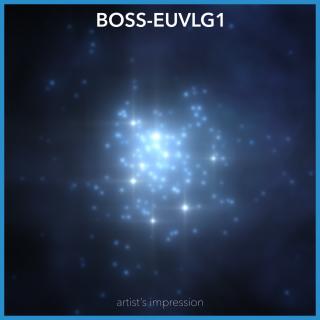
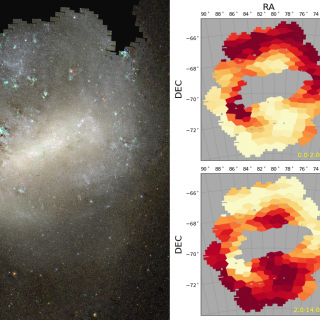
![The [O III] spatial profiles The spatial profiles of the observed and expected [O III] 4363 (orange and green, respectively), residuals from subtracting the expected collisional [O III] 4363 profile from the observed one (red), and the O II 4649 profile scaled (blue).](/sites/default/files/styles/crop_square_2_2_to_320px/public/images/news/A46.png?h=0150dd40&itok=dpTtNI6g)
